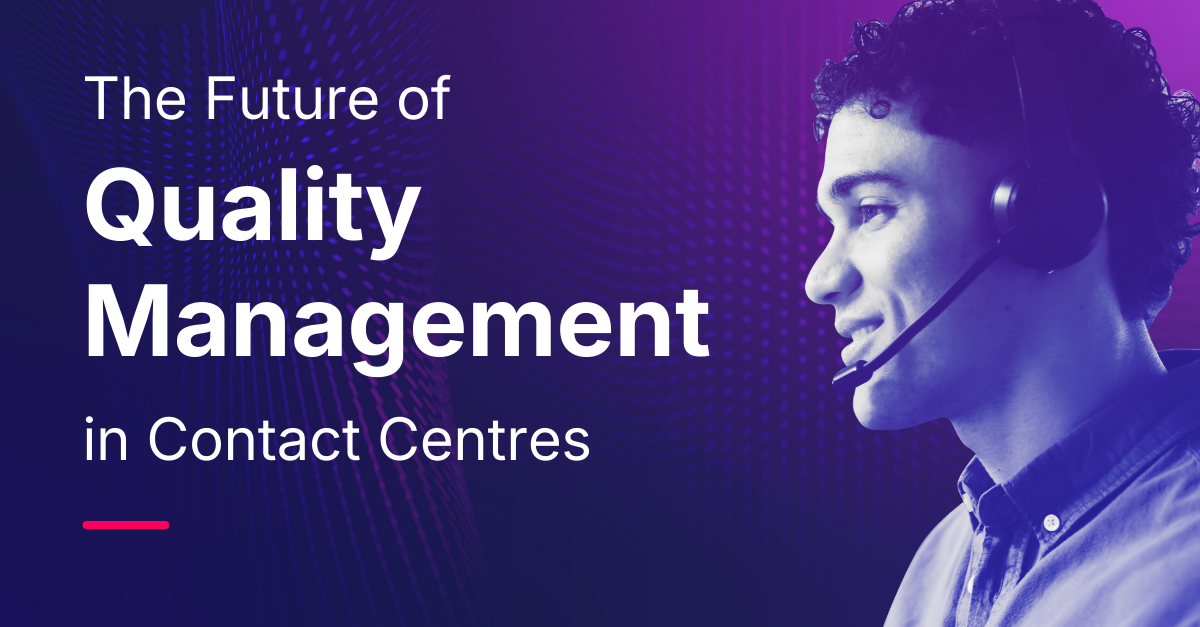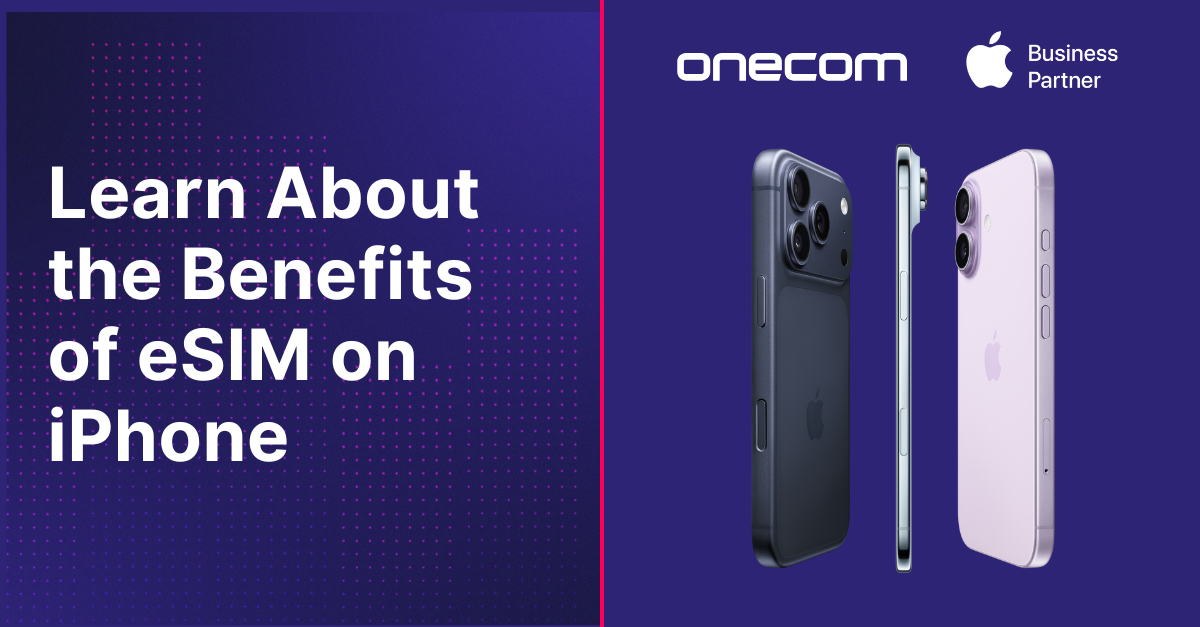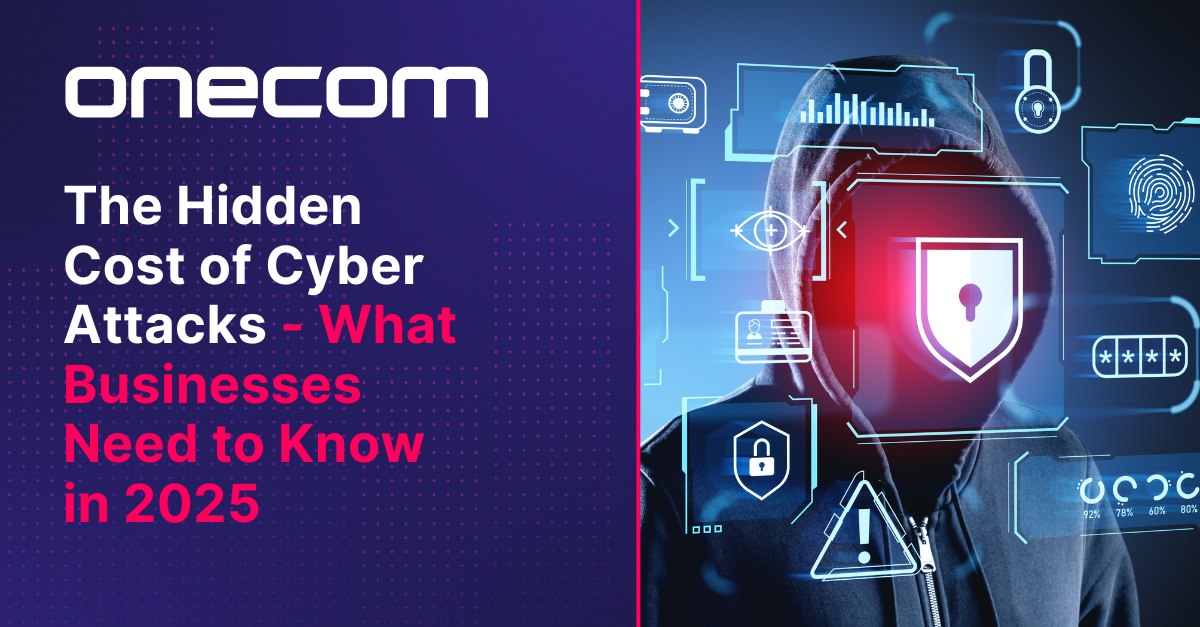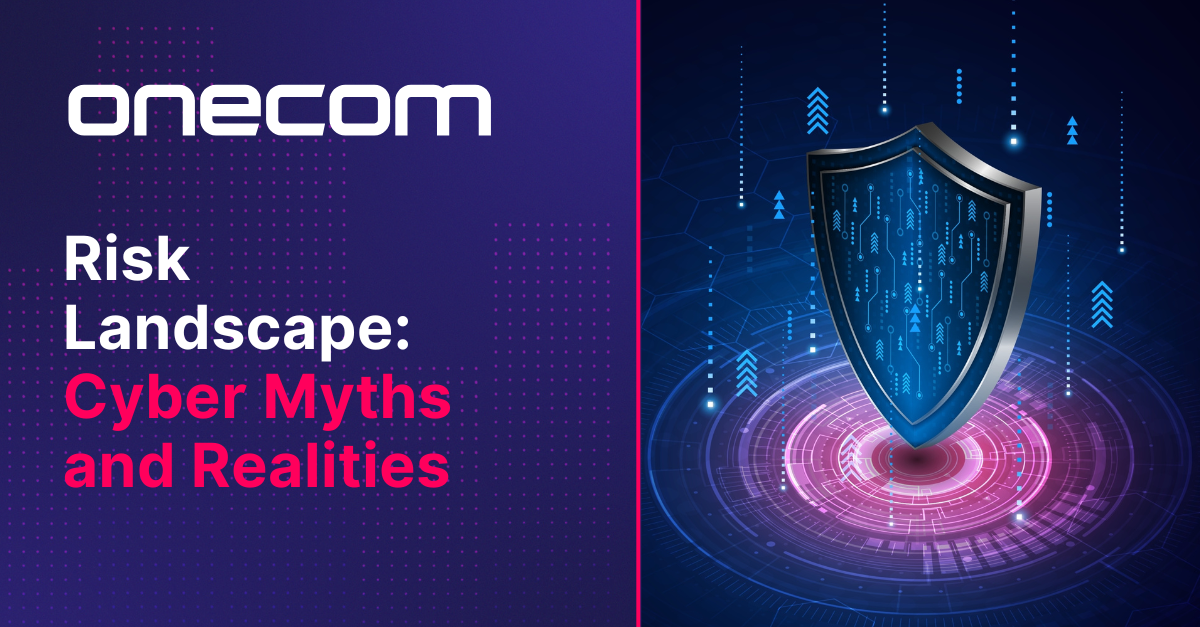OneSPARKS Episode 2 - Transcript
Samsung Work Wonders Mini Series, Seamless Working (Part 2 of 4)
Dave Harries: [00:00:05]
Hello and a very warm welcome to the OneSPARKS podcast. Today, our studios have been taken over by Samsung for a four-part mini-series discussing Samsung's Work Wonders campaign. During the series, we will be delving into the critical pillars of Samsung's business ecosystem: Security, Support, Solutions, and Products. We'll be exploring how they help businesses overcome the barriers and blockages that inhibit productivity and profitability. Samsung's ecosystem is not about the individual products and services, but how they work together to deliver better business outcomes. And this mini-series will give you an insight into how this can be achieved. In today's episode, we'll be discussing the Seamless Working pillar of Samsung's Work Wonders. My name is Dave Harries, and with me to explain what this means for you as a customer, I have expert guest Paul Harris, the Head of Mobile Channel Partners at Samsung. Welcome, Paul, I think this is our second episode, isn't it? So let's recap what Work Wonders is and why it matters to businesses.
Paul Harris: [00:01:14]
Thanks, Dave. Great to be back here. So we launched the Wonders campaign in November last year and the main idea of the campaign is to focus on how specific technology can support British businesses. It's around creating awareness of Samsung's products and services, solutions, support, and really fundamentally to that security. And to put it into context, small and midsize enterprises are on the rise. I think there are broadly 100,000 start-ups every quarter. So, there is so much innovation out there to be harnessed. But more to the point, there needs to be a programme and organisations like Samsung play a critical role in helping these businesses get off the ground. So that's the context of the campaign and we're seeing some really great traction from it already.
Dave Harries: [00:02:00]
So let's talk about Seamless Working. I guess, as you know, as a business owner, you know, people will be familiar with tech, not quite working together, and little hiccups in the road and stuff like that. So what do we actually mean by Seamless Working? I mean, is it really seamless?
Paul Harris: [00:02:19]
Yeah. Look, I think if you think about historically, companies will have a complete mix of I.T. and tech from different manufacturers for laptops, smartphones, tablets, smartwatches, etc., going all the way through kind of a typical technology suite of products that a company would ordinarily have all the way from those SMBs right up to those large multinational corporates. And I think as ever, there's always a cost to manage, there's always different support functions internally to manage all of those different vendors that they have to make sure are working right, for their employees and also their own customers if they work with them customers in that respect. So I think the angle of the Samsung ecosystem, we've worked really hard as an organisation in the consumer space, but now more specifically in B2B to drive how the ecosystem can deliver business benefits to customers. I mean, some examples, as I've already mentioned there is you have we have a number of customers now that just have Samsung across their entire base of smartphones, tablets, laptops, even wearables as well, underpinned with our security solution. And by having it all in one place have got one kind of throat to choke. It's a horrible expression, but it's true that single point of failure where they can come for the relevant support technical know-how to make sure that they are delivering an efficient technology infrastructure within their organisation, again, from a small business all the way up to multinational corporate. So it ensures efficiencies, cost savings as well around that. But away from that, it's around the experience. So if for example, I've got a Samsung laptop and I want to have a second screen, I can have it mirrored to my Samsung tablet so I can have two screens and that's a really simple couple of clicks in a way you go. And again, it's just that really simple interface, that commonality, where everything talks to each other from a technology perspective which can only drive efficiency gains for employees and for companies. So that for me is where the sweet spot really sits.
Dave Harries: [00:04:18]
And in terms of security, I know we're going to we've got a separate podcast where we're going to talk specifically about security. But I know security is an issue for businesses, for all businesses, small and large. So if you're using this ecosystem, tell me about the security aspect of it briefly.
Paul Harris: [00:04:33]
Yeah, sure. So again, we will go into more detail and some market insights in one of our other podcasts. But at a high level, we have a suite of security solutions that again are applicable from all sizes of organisations which keeps the technology infrastructure secure. And it's market-proven and designed to give businesses advanced management to how they operate that technology with Samsung end-to-end security and some really strong flexibility to secure, deploy and manage devices throughout their life cycle, and there are four key areas within our Knox suite of services that really drive that message. The first one is our Knox platform for Enterprise, and that effectively enables an I.T administrator or if it's a small business, just the individual that runs the organisation to safeguard and manage data at both the hardware and the software level, removing the risk of being compromised on those Samsung devices.
The second one is around our Knox mobile enrolment product within the suite and this allows our I.T administrators to bulk and roll devices into their enterprise without the need for specific device, IMEI management, and verification. All done at once, all done in bulk, so really efficient way of rolling out and enrolling devices. The third one is Knox Manage, which is a simple super lightweight EMM for I.T administrators to monitor and manage those devices and secure the corporate data across multiple operating systems. We talked about all these different infrastructures, etc. It's really important to mention that Knox management sits across a number of those.
And the final one is our Knox E-FOTA product within the suite and allows organisations to remotely control firmware versions on mobile devices without the need for end-user interaction. So the latest version, the FOTA can be pushed down and managed accordingly. And in the example of E-FOTA, there can be different profiles set up for different users. So there may be somebody, for example, in the logistics company or out in the field that need to have certain firmware settings on their mobile. And others may have slightly different ones, maybe actually in the corporate office. So a really good set of key features within the suite that absolutely are delivering value to businesses.
Dave Harries: [00:06:40]
You mentioned their operating systems and that sort of kind of leads me on to a next question because I wanted to ask you about that, because obviously different types of devices, even within the Samsung family, naturally use different operating systems, whether, you know, Google, Microsoft, that sort of thing. So how have you been able to sort of make sure that all the integrates seamlessly?
Paul Harris: [00:06:59]
It's a good question. I think very specifically, we've worked within the B2B business unit over the last couple of years to really drive the partnership story with the likes of, as you mentioned, Microsoft and Google more specifically. And you know, you can then with those guys and those partnerships, there's that seamless connectivity and productivity across all devices. And we have, for example, the open Android platform allows the Samsung devices and certainly on phones to work with other products and systems to your point and delivering a lot more flexibility. And I think there were three key things in the Google story that clearly do resonate very well with businesses and are showing true value. I think the first one is, is that security element keeping secure.
So complimenting Knox, because we have Knox built into our devices with Android Enterprise recommended, there are Google verified updates that go to devices. And if you're using specific apps, the Google Play Protect feature offers real time protection to detect threats. So, you know, again, it's you've got best in grade security Samsung coupled with the partnership with Google, that actually make that story again feedback into ecosystem really strongly. Second one is around innovation. So again it's working seamlessly driving productivity, different features. There may be like for example, wellbeing features such as the work profile that separates your work and your personal apps, or there's focus mode which lets you pause distracting apps when you're having to get your head down and get some work done. So again, really simple, innovative features that sit within the partnership with Google from an innovation side of things.
And finally is around connectivity. So you're getting that level of access to all the tools that you need. You can work from absolutely anywhere. And again, using the Android OS, our devices can connect all systems with Google Play, you can access apps that can be, could be controlled with and manage with Google Play and Android 12 also enables 5G network slicing. So that gives you that extra element of delivering speed and security for your data. So again, it's leaning heavily on the Google side of things, but coupled in with the ecosystem story and the partnership with Microsoft as well as two examples really driving that extra value to the market for enterprise customers and also all the way down from the Sohos and the SME's.
Dave Harries: [00:09:13]
And you mentioned that connectivity and working anywhere and all that sort of thing. I mean, we've all had the experience and way of the Internet dropping out, not because of our device, but probably just because where we are and that sort of thing. You know, it does fail from time to time. Presumably, the Seamless Working kind of still carries on, you know, even if it drops the Internet for a while and picks it up later.
Paul Harris: [00:09:33]
Yeah, absolutely. Look, I think with the ecosystem set up, you're able to whatever it is you're trying to do, you can be working offline on files. You can be, it could be, for example, you be working on a number of spreadsheets or a PowerPoint slide. You may, as I mentioned earlier on around, you can have a connected PC with a second screen with a Samsung tablet. You could be doing all that stuff offline. So, you know, whether you're online or not, clearly you can still continue to be effective in working in whatever you're doing. The ecosystem and the full connectivity thing around seamless working absolutely continues regardless of whether you, you know, if your connexion drops out periodically for what you're going through a tunnel on a train or whatever it might be, which for me, having travelling up and down the country, quite a lot happens to me. But again, it doesn't affect my productivity and how I'm working when I'm remote. [00:10:20][47.1]
Dave Harries: [00:10:21] So Paul, before we finish, let's just if we could, could I get you to sum up how this pillar, the Seamless Working pillar, supports the whole ecosystem of the Work Wonders campaign and how that sort of, you know, why, why this stuff matters in the overall picture.
Paul Harris: [00:10:39]
Again, going back to the ecosystem of products, we have a unique play in the market where our products are interoperable, they connect seamlessly, they're able to then enable that level of productivity to end-users, which gives efficiencies to organisations to make sure that the cost to manage a something infrastructure of one infrastructure, one vendor, one ecosystem is far more beneficial than having multiple vendors, which can be a headache to manage, a challenge and again, backed up by our support within our B2B customer experience team, there is that complete end-to-end solution coupled with what the security delivers as well, and the partnerships It truly gives all the right ingredients to ensure that however your working, wherever you're working, whether it's you're in a hybrid working environment, you're office-based or you're out on the road, that seamless working element is protected and secured on that basis.
Dave Harries: [00:11:36]
You've been listening to the OneSPARKS podcast brought to you by Onecom and taken over by Samsung for this special mini-series on the Work Wonders Campaign. I'm Dave Harries, and I've been talking to Paul Harris, the Head of Mobile Channel Partners at Samsung. A reminder that you can listen to all four podcasts in this mini-series. Each episode deals with a different aspect of the Work Wonders pillars. Today we've been discussing Seamless Working. Other episodes deal with Lifetime support, Unrivalled Security, and finally the Clever Devices that make all this possible. I hope you've enjoyed Paul's expert insight. Please see our show notes for a link to our website at www.onecom.co.uk/podcast where you can find out about everything mentioned in today's episode and links to the other podcasts. If you've enjoyed the podcast, then please subscribe and share with your friends and colleagues. In the meantime, stay safe and thanks for listening.



